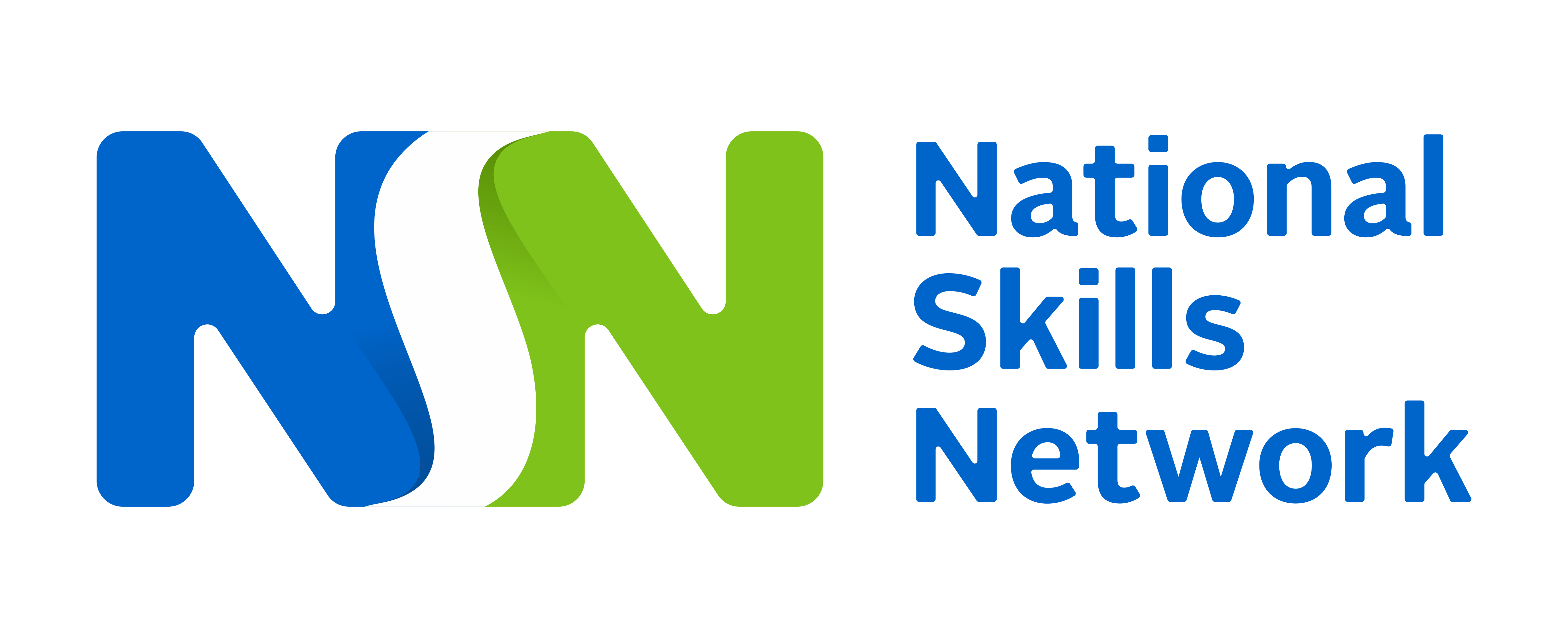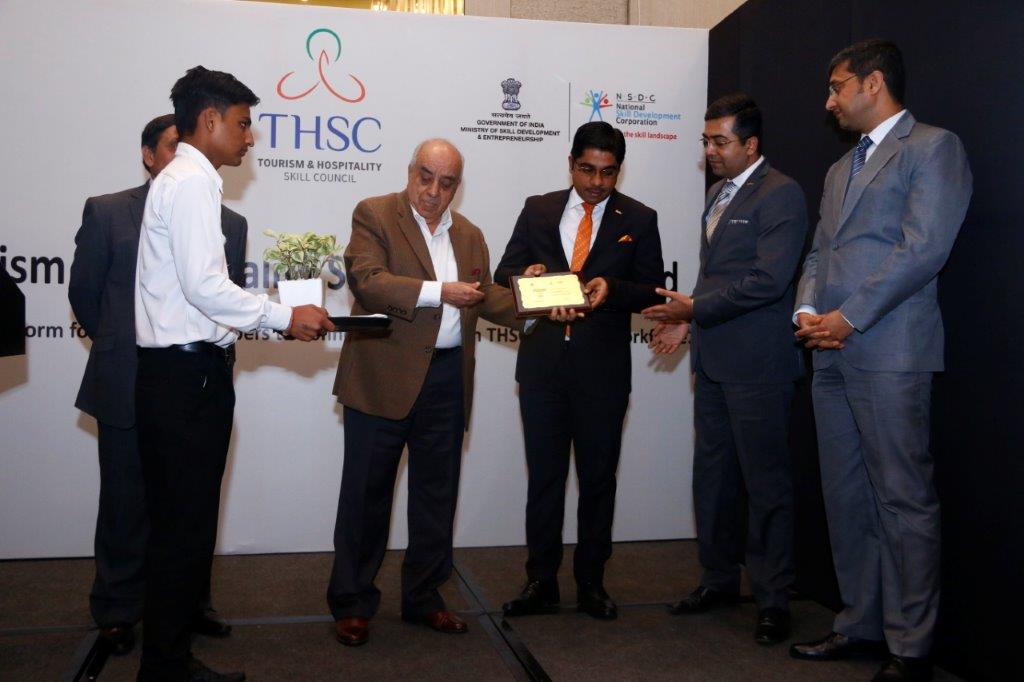How RPL can accelerate and scale the impact of skilling
RPL is a tool that can be used to gauge the knowledge/skill levels of workers who may not have gone through a formal schooling or skilling program. The workers in construction mostly learn on the job and normally there is no recognition for such informal, on the job learning. In my experience, it’s not only a great way of identifying the prior learning of the workers but also a great way of streamlining development of the lowest rung of workers in an organization.
To be able to use it effectively, we need to design the RPL/assessment framework meticulously. For this exercise to make an impact on the bottom line, it has to be tied to the organizational need! In simple terms it means tying it to productivity! Once we have linked it to productivity, we will be on a definite path of result-based recognition of prior learning and its role in continuous assessment and skilling.
A good RPL framework would be a combination of the four aspects mentioned below.
- Theoretical Knowledge: In my experience knowledge is as important as skill. A worker with knowledge of what he is doing will be more consistent and will deliver with less or no re-work. The RPL should have a mechanism of measuring the theoretical knowledge by using pictures, show and tell, verbal questions, and assessment through actual work scenarios.
- Behavioural and soft skills: This is one of the most important skills for a worker. The attitude will ultimately decide the actual productivity of the worker. This section should focus on behavioural elements, safety awareness, and understanding of various team aspects/dependencies of working in a site environment.
- Practical Skills & Productivity: This should be tested by giving an actual 8-hour work assignment. The entire duration of 8 hours is important, as you will be able to factor in the fatigue as well. The productivity here will give an important metric on the skill set of the worker. You can have a base value for productivity against which you can measure the performance. To differentiate workers with higher abilities, there should be a provision for extra marks for every unit above the base value.
- Quality/Workmanship: As important as productivity, there should be a focus on assessing the workmanship and quality of work delivered in the points above. High productivity with a lot of re-work is worse than low productivity. The attention to process and safety should also be assessed and graded.
All four factors above should give you a composite score. I suggest 20:20:40:20 as marks for the above four aspects to arrive at the final score. This score can be used to grade the workers.
You can utilize RPL to screen workers for hiring in your organization, Annual appraisals, Promotions, Wage determination. Please also ensure that the grading thus done is tied to productivity for determination of hiring/appraisal/promotion/wage determination. You will be able to consistently predict the productivity of your site based on the grades of the workers deployed based on the above methodology.
…continued on next page














Like!! I blog quite often and I genuinely thank you for your information. The article has truly peaked my interest.